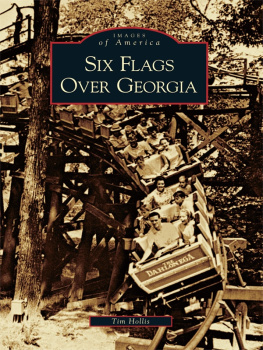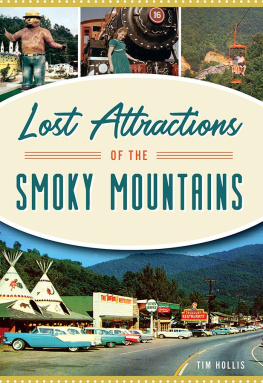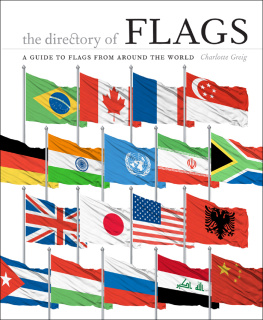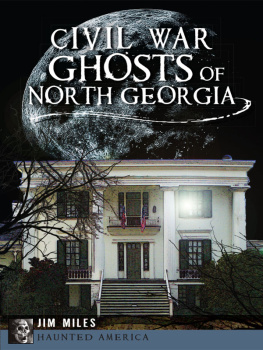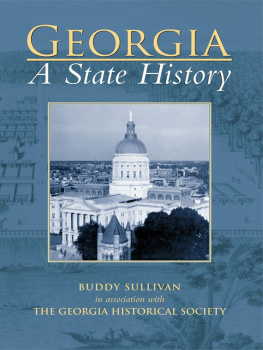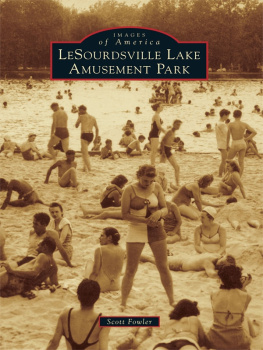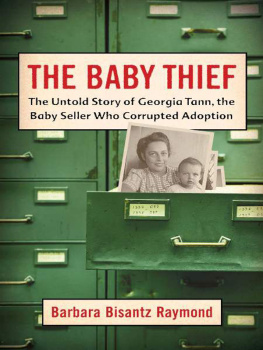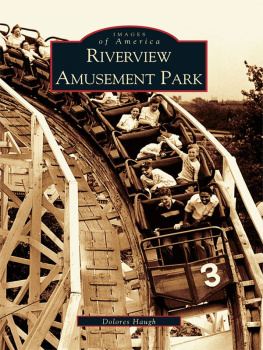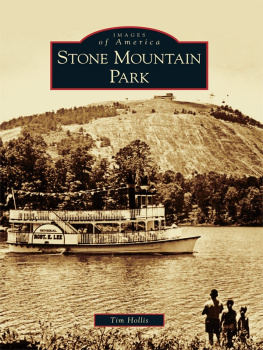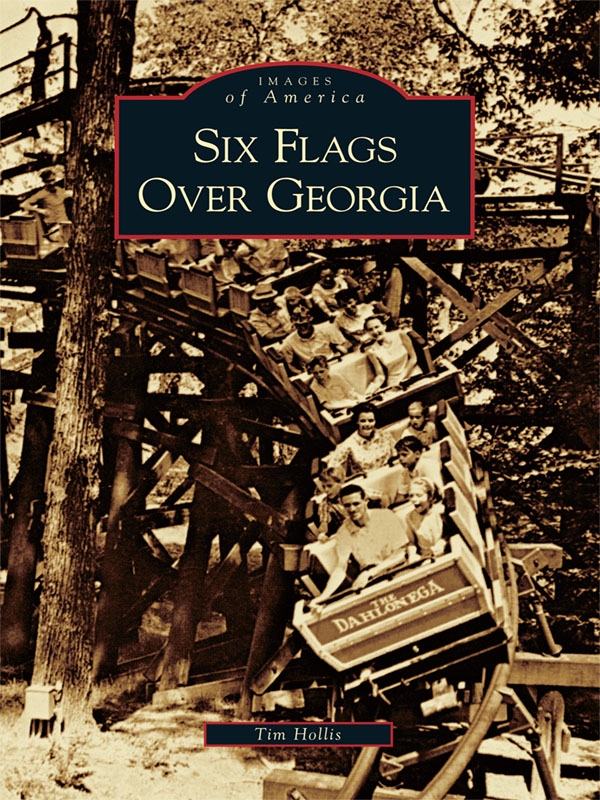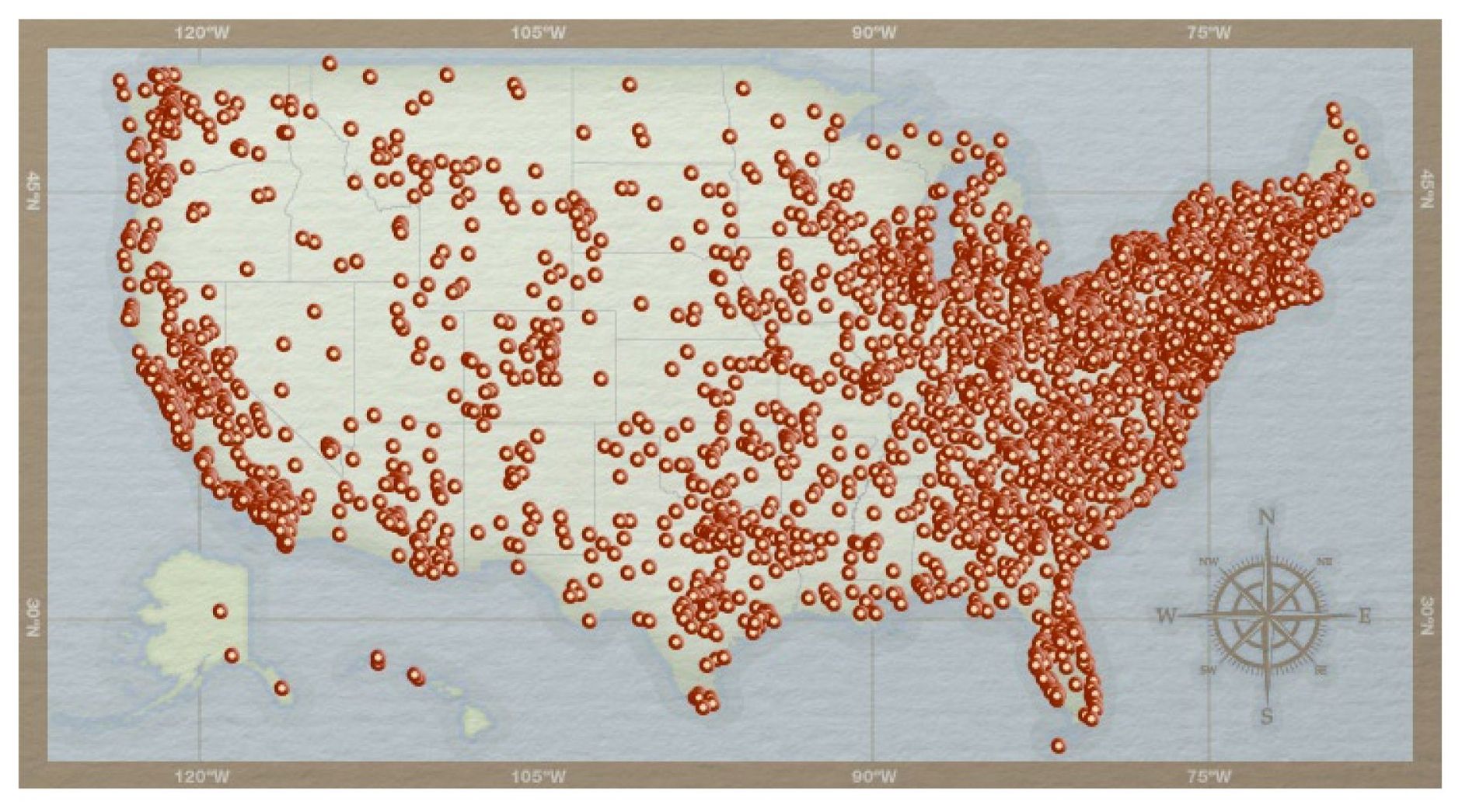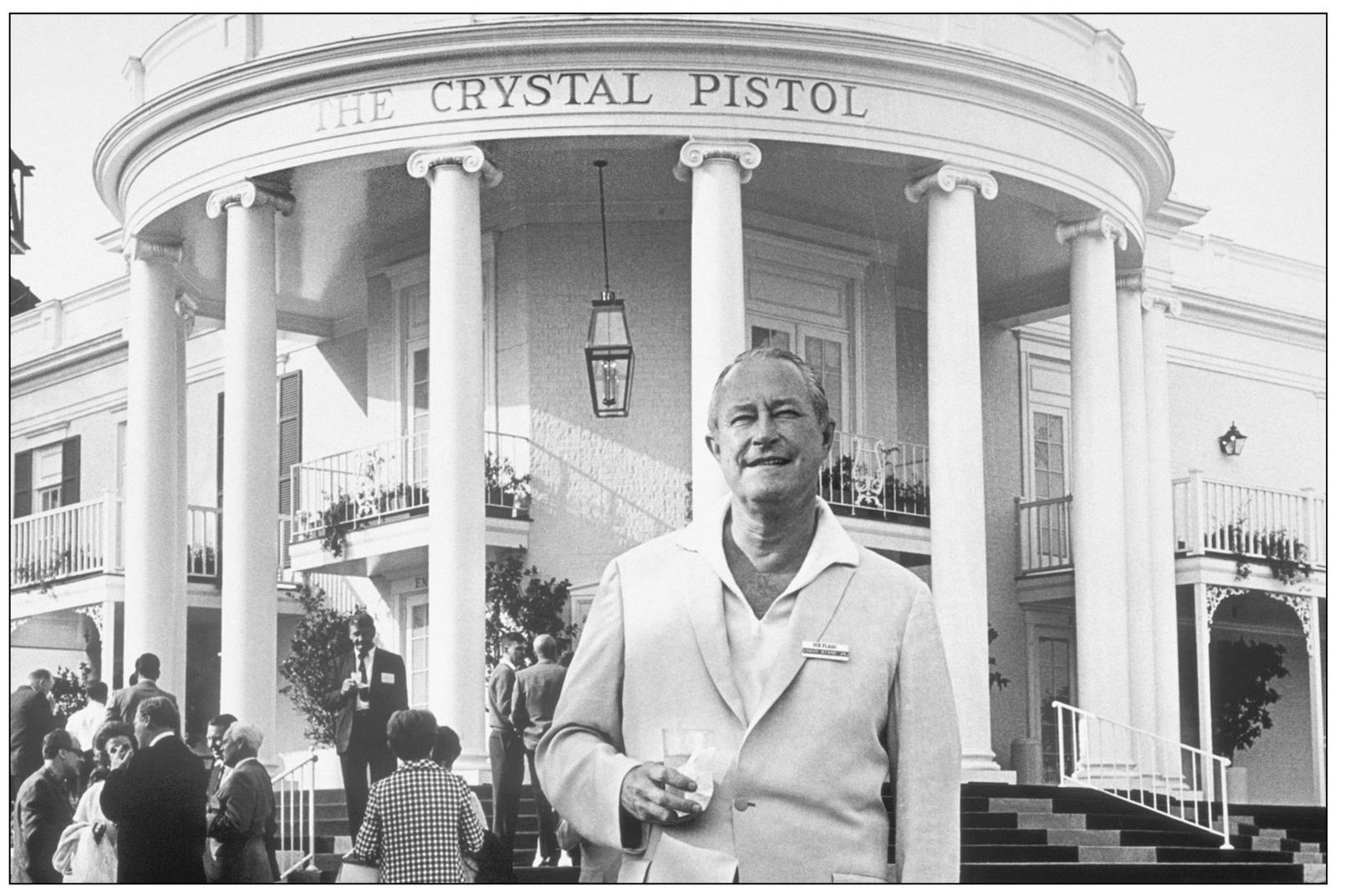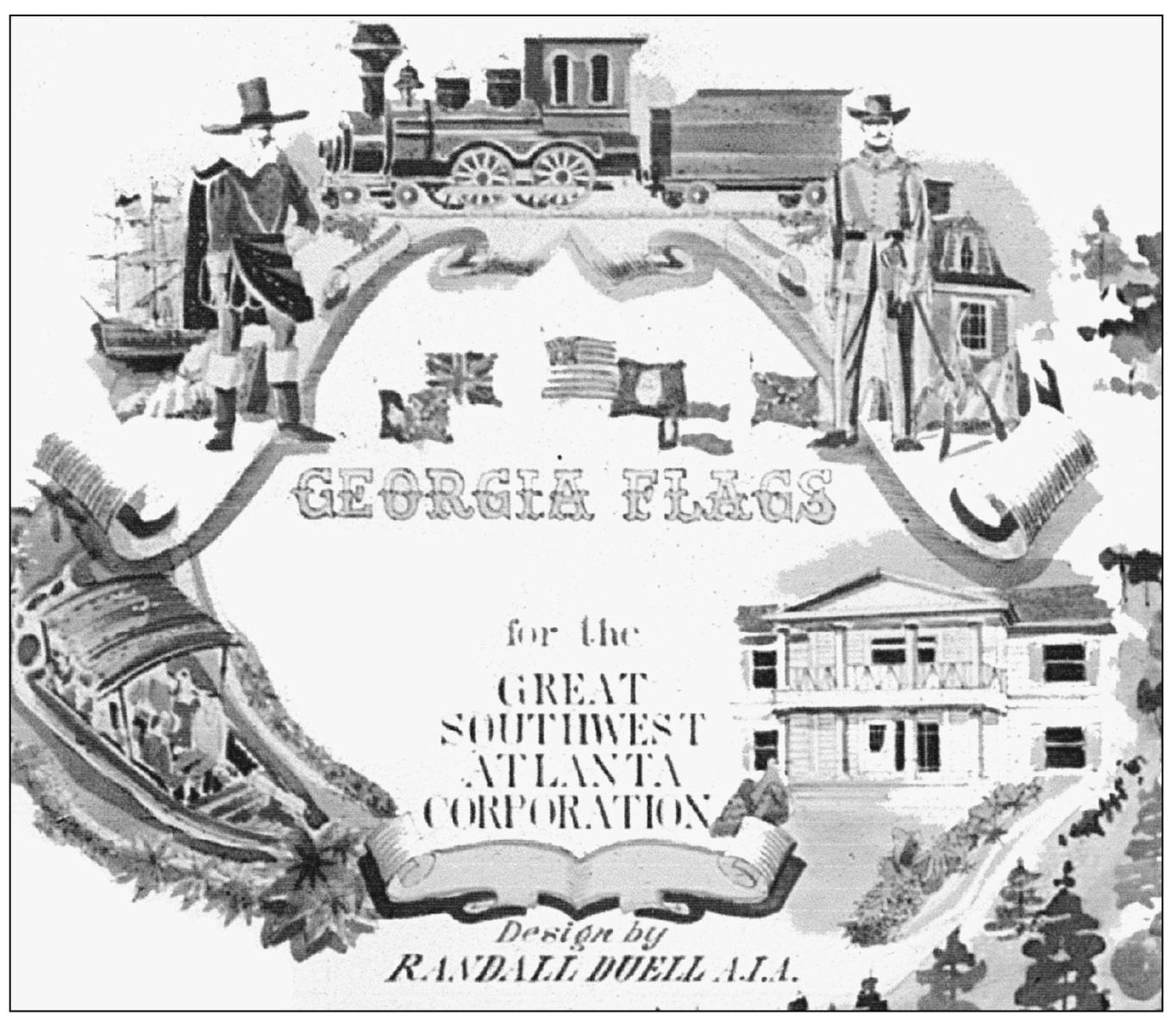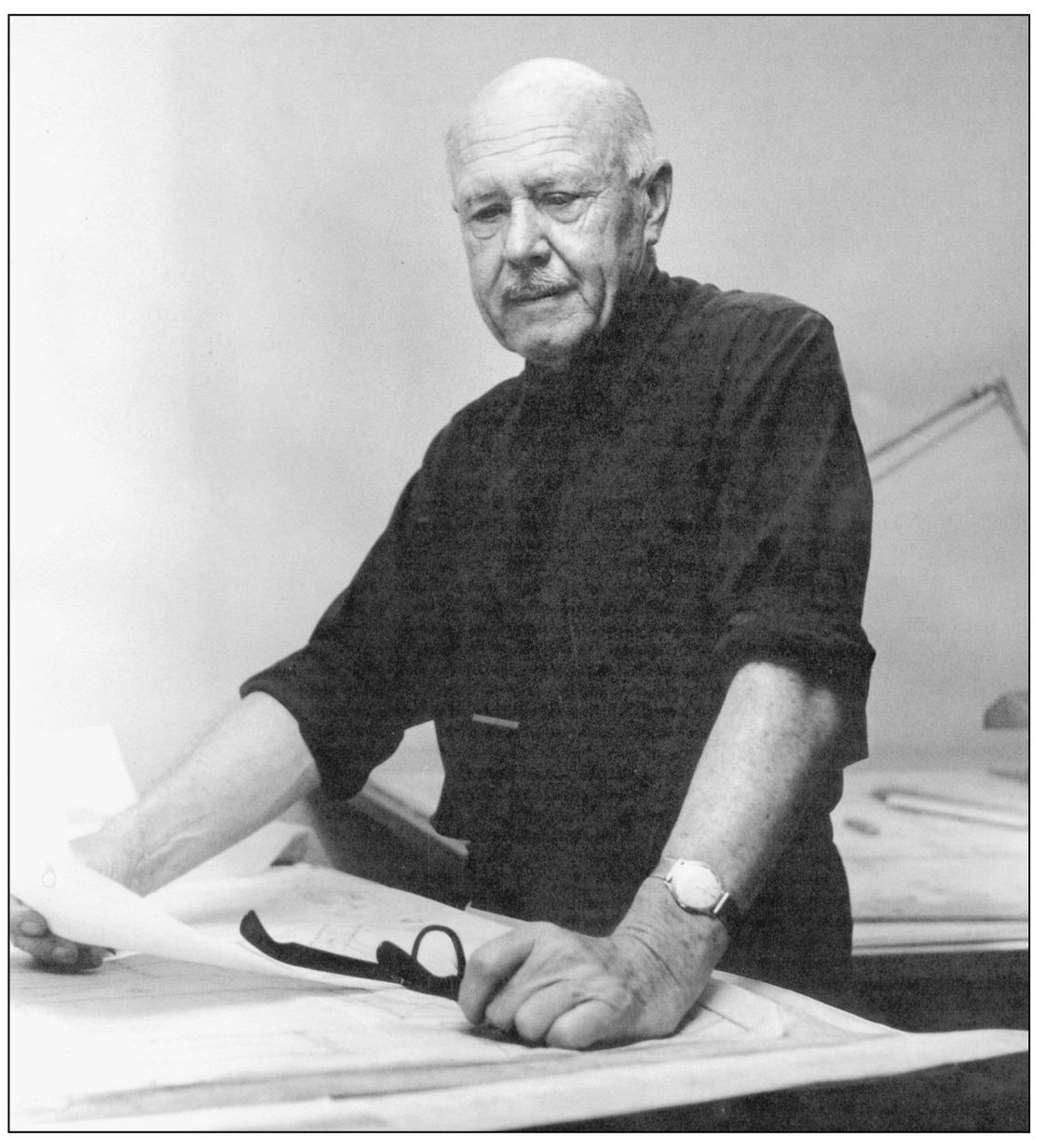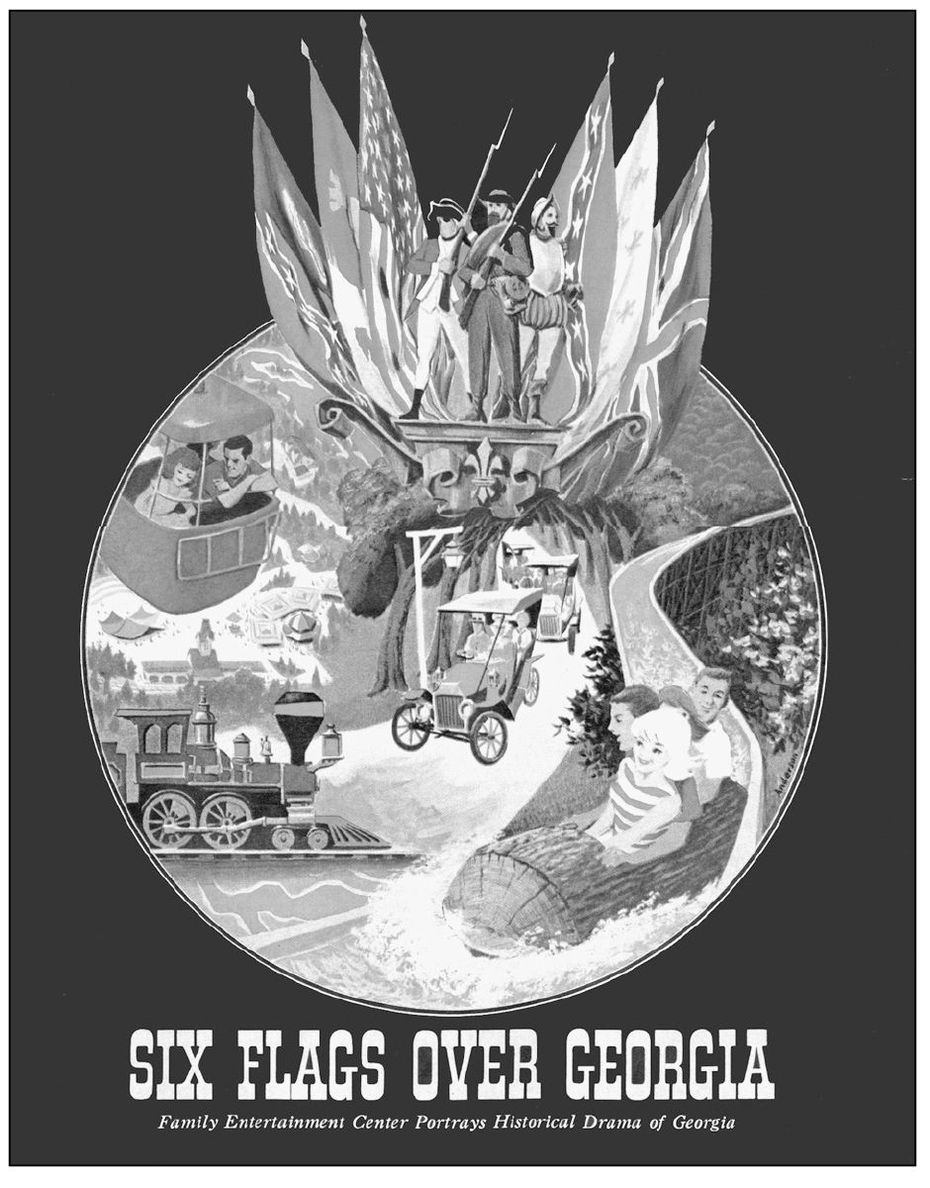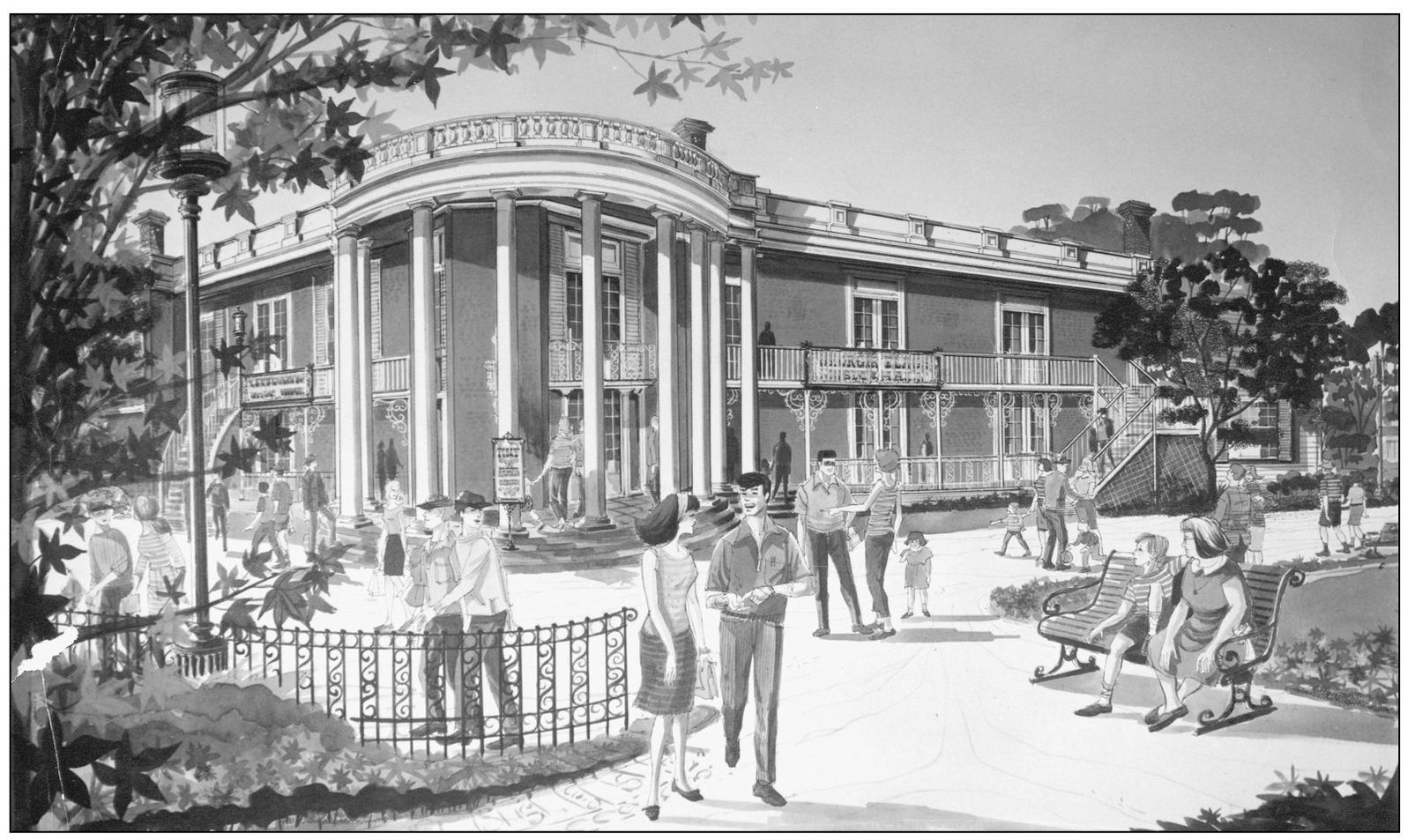ACKNOWLEDGMENTS
Pulling the material for this book together involved many different people, considering the fact that Six Flags own archives have become scattered throughout various homes and offices over the yearsand even at that, some of the material known to have existed has still not turned up. However, for their invaluable help in locating and identifying historic photographs and pieces of information, we should credit the following past and present employees of Six Flags Over Georgia: Bob Armstrong, Melinda Ashcraft, Kathy Bennett, Rick Boozer, Nelson Boyd, Steve Brodsky, Bob Cowhig, Don Daniel, Andy Duckett, Manuel Fernandez, Thom Fountain, Sherry Garner, Gary Goddard, John Hardman, Ryan Kilpatrick, Carl Marquardt, Errol McKoy, Johnny Milteer, Wayne Mings, Fred Moon, Roy Moore, Larry Nikolai, Gene Patrick, Christy Poore, Spurgeon Richardson, Cleveland Smith, Marcie Tanner, Jim Taylor, Jon Trewhitt, Bryant Upchurch, Wayne Vansant, Tom Wood, and David Wynne.
There are times when corporate archives are not enough, and historic preservation falls to collectors and tourists who visited the park and cared enough about it to preserve photographs, souvenirs, and other memorabilia. Among those hardy souls whose pack-rat habits helped enliven this book were Dan Alexander, Rod Bennett, Chris Burdett, Karen Clark, Shaunnon Drake, Jim Futrell, Dan Goodsell, Scott Jordan, Davis McCown, Chris Merritt, Wayne Neuwirth, Donnie Pitchford, and Jon Waterhouse.
Find more books like this at
www.imagesofamerica.com
Search for your hometown history, your old
stomping grounds, and even your favorite sports team.
One
SIX FLAGS OVER YESTERDAY
Prior to the start of construction, the property where Six Flags Over Georgia now sits was a portion of a large family-owned dairy farm. In fact, to this day, some of the farms original structures are still standing behind the scenes and used for storage and administrative purposes. After much work, the rest of the terrain was transformed into six themed areas representing the various eras in the history of Georgia (and the rest of the South).
In many ways, it almost seems as if Six Flags first season was a sort of trial balloon to see what was going to float with the public. Many elements of the park were changed or replaced before the beginning of the 1968 season, including the facade of the Krofft Puppet Theater and almost the entire interior of the Tales of the Okefenokee dark ride. The parks antebellum-styled music hall, referred to in opening-day publicity as the Athenaeum, became the easier-to-pronounce Crystal Pistol.
One of Angus Wynnes innovations, which he instituted in Texas and then continued in Georgia, was the single-admission ticket. Even at Disneyland in the early days, guests had to reach into their pockets each time they wanted to sample a different attraction, and Wynne could see that psychologically that was not such a good idea. At the Six Flags parks, the admission price ($3.95 on opening day in Georgia) entitled one to all of the various rides and shows, with only food and souvenirs costing anything extra.
Another innovation had less influence on theme parks in the future. After visiting Six Flags during its press preview period, one newspaper writer commented, It is the best of old Georgia. But it also has something that is even better than the new Georgia: overhead units blow air-conditioned coolness on persons wandering down the paths or waiting in line for the attractions. Many ideas worked, but outdoor air-conditioning was apparently not one of them.
In this first section, we are going to take our time machine back to 1967 and see how the parks early publicity attempted to educate people as to just what this thing called a theme park really was. We will then make our way through the parks assorted sections. Put on your comfortable walking shoes and step this way!
Texas businessman Angus G. Wynne Jr. had the radical idea of bringing the theme park experience to areas of the country where such entertainment was unknown. He opened Six Flags Over Texas in 1961 and soon thereafter began planning a second park in Georgia. (Nelson Boyd collection.)
Randall Duells original proposal for the Atlanta park did not use the Six Flags name, supposedly due to the fact that the state had not technically been under the flags of six separate sovereign nations, as Texas had. (Scott Jordan collection.)
Artist Hans Peters was responsible for the look of Six Flags Over Georgia. His career as a Hollywood art director dated back to the 1930s, and he had worked on movies as diverse as Heidi (with Shirley Temple), The Adventures of Sherlock Holmes (with Basil Rathbone and Nigel Bruce), and So This Is Washington (with radio stars Lum and Abner). (Manuel Fernandez collection.)
This stunning artwork was created to promote Six Flags upcoming opening on June 16, 1967. It did a marvelous job of alerting magazine readers to the main features of the new park. (Authors collection.)
This mock newspaper was sent out in advance of the grand opening to educate the public as to some of the historic epochs and more obscure personages to be represented in the park. (Six Flags collection.)
Pre-opening publicity referred to Six Flags antebellum music hall as the Athenaeum and claimed it was modeled after a white-columned theater that opened near the Atlanta railroad station in the 1850s. You can see here that the theme park version closely resembled Hans Peters original concept art, but the name was soon changed to the Crystal Pistol. (Carl Marquardt/Nelson Boyd collections.)
Down the hill from the Crystal Pistol, what would become one of the passenger cars of the Six Flags Railroad waits patiently, bedecked by a sign announcing the impending opening date. (Six Flags collection.)

